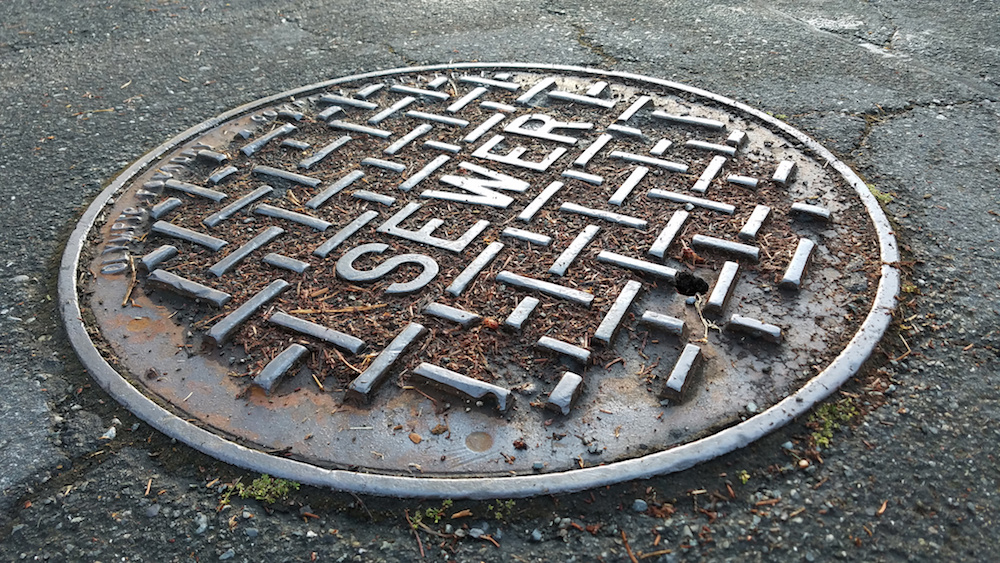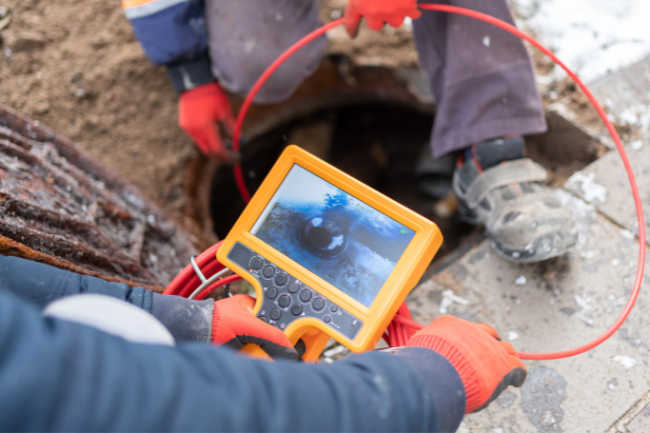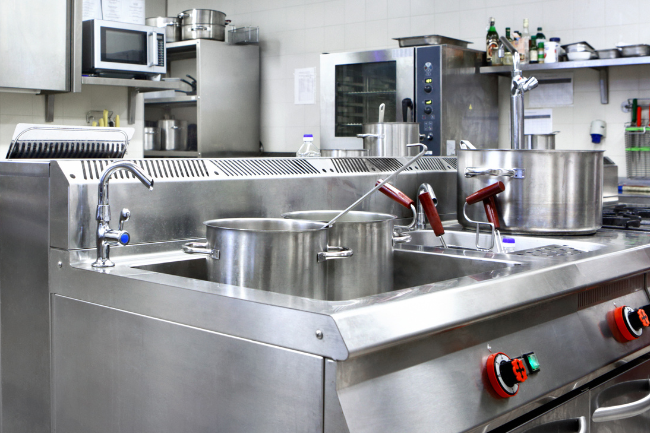Plumbing Problems in High-Rise Structures
Posted by Express Sewer & Drain Team on

Living or working in a Sacramento high-rise building can be wonderful. Of course, along with those great views can come some plumbing problems. Because of their height, high-rises can present some unique plumbing challenges that you won’t necessarily encounter in a single-story dwelling. So, here’s a look at ten common plumbing problems which can create disruption for the building's occupants (and the plumbers repairing the problem).
Common Plumbing Problems in Sacramento High-Rises
Sacramento has its share of high-rise buildings, with the Wells Fargo Center topping the list at 31 stories (423 feet to be exact). Of course, even if you’re not at the top of the skyline, you may still be living or working in a structure that is considered a skyrise. In the United States, the National Fire Protection Association (along with most engineers and architects) defines a high-rise as being higher than 75 feet tall, which is about seven stories. Here are some common plumbing issues in high-rise buildings to be aware of.
Low or High Water Pressure
How does plumbing work in a high-rise building? Sometimes, buildings let gravity do the work for them; water is pumped up from the city municipal water supply to a reservoir on the roof, and then it descends back down through the building piping using gravitational force. Newer towers tend to hide their reservoirs inside and often use multiple tanks housed throughout the building (New York’s One World Trade Center has 16 water tanks).
If a high-rise doesn’t feature a water reservoir, a series of pumps will help raise the water pressure to reach those high places. However, if low water pressure is a problem, a professionally installed water booster system can help. Water is pumped into an airtight tank that contains air, which is then compressed by the water entering the tank, forcing it upwards. This is far safer than increasing the psi (pound per square inch) on a traditional system. Exceeding city water pressure restrictions can result in burst pipes and a whole host of problems.
Unmaintained Shut-off Valves
Water shut-off valves, or safety valves, are a major factor in plumbing design for high-rise buildings. A typical high-rise will have valves for each floor and unit, perhaps even every appliance, as well as shut-off valves for any external water features, like fountains and sprinkler systems. In emergencies, these valves can be turned to the closed position, stopping water flow to certain areas in order to avoid extensive damage. Unfortunately, these values are not always regularly checked or properly maintained, which can lead to low water pressure and slow drainage. To ensure this doesn’t happen, high-rise buildings should use sensors and other plumbing technology that can automatically detect water leaks and shut off water to the area that is leaking.
Frequently Clogged Drains
Clogged drains tend to happen more frequently in high-rises, especially commercial buildings (while people are more likely to hesitate to put foreign objects down the sink or toilet in their own home, they’re less likely to be concerned when it’s a place of business or an office space they’ll be leaving at 5 pm). Of course, even in residential high-rises, clogs happen, and they can be a real problem if it leads to a backup throughout the building, impacting more than one unit. Unfortunately, many occupants and maintenance staff will try to use harsh chemicals to clean the pipe or drain, which can lead to even more problems. These chemicals, many of which contain acid, aren’t “smart,” and they can’t tell the difference between a pipe or a buildup of hair or grease. So, they will try to eat through anything.
Building management should try to get occupants and staff in the habit of using a plumbing auger or snake to clear the clog. If the problem is severe, professional plumbers can often solve it through hydrojetting, a method of using pressurized water to clear away clogs and wash them into the city system where it is treated. Because strong water pressure can damage pipes, it’s best not to try DIY hydrojetting.
Flooding & Ceiling Damage
In a high-rise, these two go hand-in-hand. That’s of course because flooding on one floor of a building can lead to ceiling and water damage to the floor(s) below. Clogged drains or damaged water supply pipes are typically the culprits when it comes to floods; these backups can then cause flooding from washing machines or dishwashers. Due to the high volume of water these appliances use, damage can be extensive.
Another common cause of ceiling damage is a leaking water heater on the floor above. Older plumbing systems, especially those which were installed 20 or more years ago, are most prone to developing leaks due to corrosion between pipes and joints or valves. While a large leak will often quickly be noticed by the occupant below, it can sometimes go unnoticed if the unit is vacant (a small leak can also be a problem, going unnoticed while quietly causing damage and mold growth). So, be sure to get an annual plumbing pipe inspection to detect leaks or piping that has the potential to leak so that it can be repaired before too much damage is done.
Improper Drainage Ventilation
The water trap seal is the only barrier between a drainage system and the living/working space in a building. So, proper maintenance is crucial in order to protect occupants from potentially harmful gasses and pathogens that may reside in the drainage system. High-rises, in particular, need correct drainage ventilation due to the additional stress placed on water trap seals from the building’s many units.
To reduce stress, plumbing systems introduce atmospheric air into the plumbing drainage system. However, venting with pipes has limitations, as open vents require penetrations through the roof to allow air to balance the pressure within the drainage system. A professional plumber can determine whether there is improper drainage ventilation and may suggest Air Admittance Valves (AAVs) near the water trap seals that require protection. This has the benefit of eliminating the vent pipe network, the space required, the roof penetrations, and greatly simplifies the design of a large plumbing drainage system.
High-Rise Plumbing Problems? Call the Professionals at Express Sewer & Drain
High-rise plumbing design is unique – so is high-rise plumbing maintenance! Building managers should ensure that the property’s plumbing is regularly checked so that the condition of pipes, water heaters, valves, and more can be evaluated. In addition, both tenants and managers need to be proactive and take steps to prevent damage and plumbing problems (be sure that everyone knows who to call when they have problems and what to do when there is a plumbing emergency). So who are you going to call? The professionals at Express Sewer & Drain, of course!
We employ the latest in commercial and residential plumbing technologies, including trenchless technologies for pipe repair and replacement that won't tear up your property. We are here for all your Sacramento high-rise commercial and residential plumbing needs. Contact us today to set up a consultation and schedule ongoing maintenance.
Topics: Commercial Plumbing, Home Plumbing







